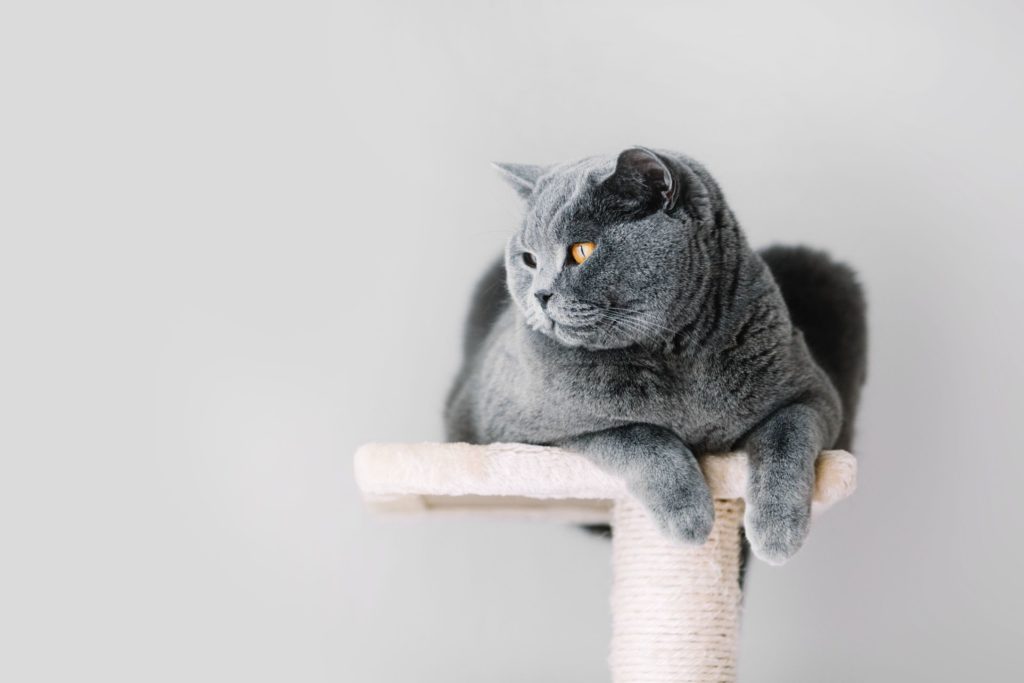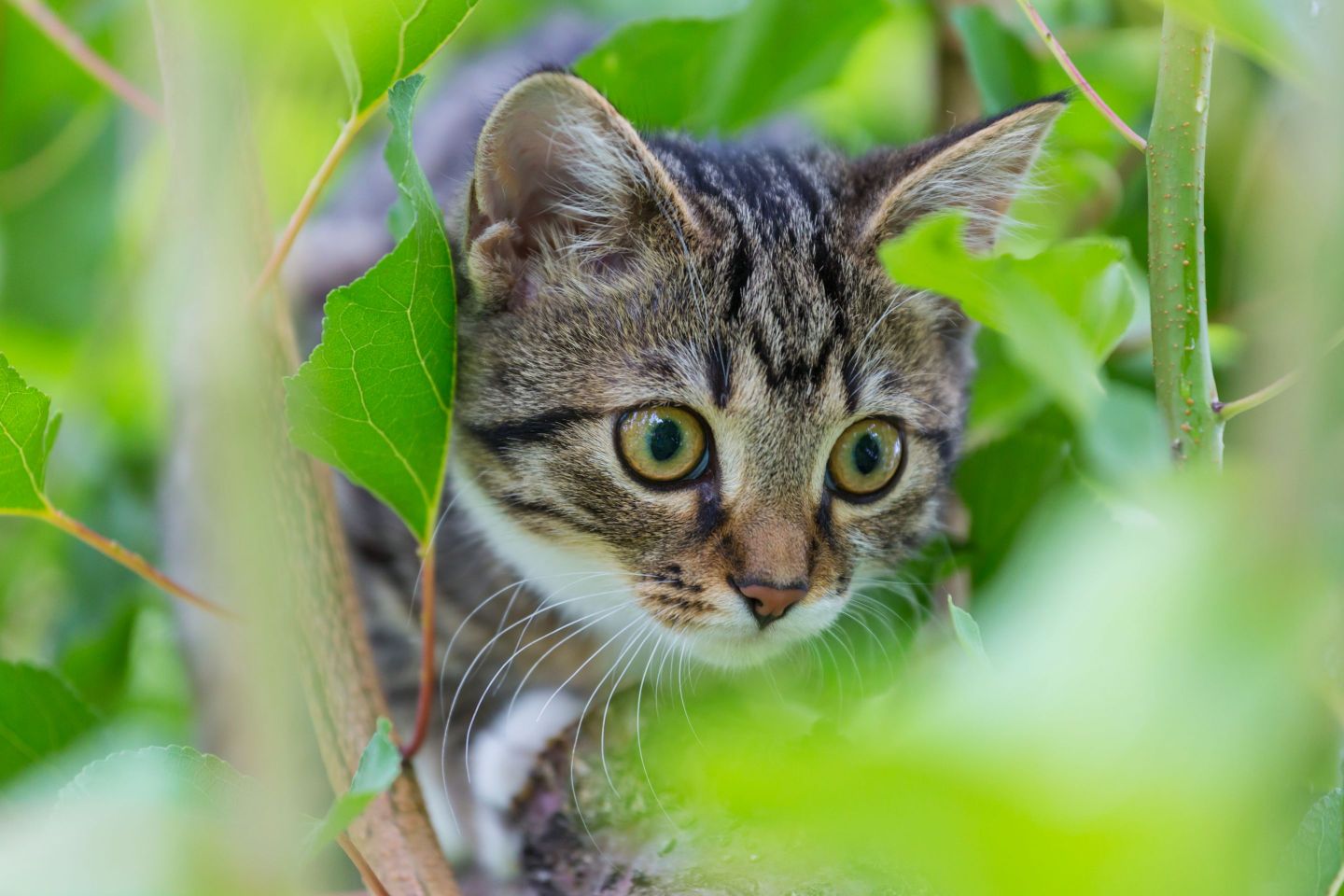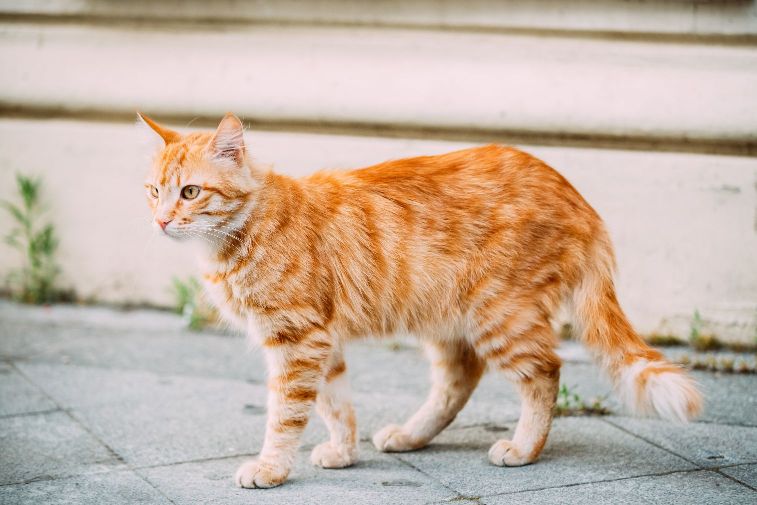
How to Get Your Cat to Eat Right Meow
You love your feline furballs, and you want the best for them. If Fifi suddenly stops eating, of course, you get concerned.
Sometimes it just comes down to your cat being a finicky eater. However, there could be an underlying medical issue that’s causing him or her to feel unwell. Either way, you want to solve the problem and ensure your furbaby gets the nutrition it needs.
We have some suggestions for how to get your cat to eat, including trying CBD for cats. Keep reading!
Why Cats Won’t Eat
If you’ve had cats for a while you know they have big personalities. They will demand scratches and then turn around and take a bite out of you. What if your baby won’t take a bite out of his food, though?
There could be several reasons:
- The flavor of the food (personal preference)
- Texture/shape
- Shape/size of the bowl
Let’s get these down and discuss solutions.
How to Get Your Cat to Eat When It’s Food Issues
Often cats refuse to eat because of the food. Maybe your cat happily eats the same brand for months (or years). Then she suddenly turns her nose up and refuses to touch the exact same food.
Or perhaps you’ve yet the find one your cat will tolerate (the little stinker!)
Food issues can be frustrating since your cat can’t tell you what’s wrong. However, there are some fixes you can try.

1. Flavor
There are certain foods you don’t like. Cats can be the same way. If you’ve given him the same food for a long time, he may get tired of eating it.
(If you ate diced chicken every night for a year, wouldn’t you grow tired of it?)
Sometimes manufacturers will change the formula of a particular food or brand and your cat objects to a new ingredient or flavor. The easiest fix for this problem is to try a different brand.
You might also try mixing in wet canned food in with dry to liven up mealtimes.
2. Shape or Texture
Maybe a certain shape is easier for your cat to eat. Kittens or older cats may have problems with large chunks. Some dry foods may be too hard for cats to bite and chew.
Some cats simply prefer canned over dry food (or vice versa). Try food with different shapes and textures to see if you hit upon the right one.
3. The Food Has Gone Bad
Even food in a can will spoil after a while. Dry food can become stale or lose its taste if it sits in the bag for too long. If your cat refuses to eat, check the expiration date, and then inspect the food for signs of spoilage.
4. The Shape of the Bowl
Believe it or not, the shape your cat’s food bowl can play a part in him refusing to eat. A bowl with a high lip may prevent your cat from getting his whole face in there. On the other hand, a flat dish may be harder for cats that can’t pick up food due to dental issues.
Other suggestions when it’s food preferences:
- Try meat-flavored baby food or mix it in with the regular can/dry food
- Add water to a can of tuna
- Add warm, low-sodium chicken broth to canned/dry food (make sure there are no other added ingredients like onion powder or garlic)
- Slightly warm food in the microwave or pour in a little warm water
- Sprinkle grated cheese on top of the food
- Sprinkle nutritional yeast powder over the food
- Try putting a pet probiotic on the food
Now let’s move on to what could be going on with your cat’s health.
When It’s a Medical Issue
A refusal to eat because of food preferences can generally be solved with some experimentation. Medical issues present a different problem that may require a trip to the vet.
Common medical issues that may affect appetite:
Dental or Tooth Pain
Do you like to eat when you have a toothache? Cats can have dental issues, just like humans. These can affect the teeth and gums, causing pain, bleeding, or abscesses.
Respiratory Issues
Respiratory diseases can affect a cat’s sense of smell and taste. They can also inhibit breathing, which makes eating difficult.
Digestive Problems
If there’s a problem in the GI tract, stomach, intestines, or pancreas your cat may stop eating. Vomiting and diarrhea are also signs of digestive problems or obstruction.
Obstruction From Foreign Body
Cats eat weird things and sometimes these can get stuck in the stomach or intestines. Even a bad hairball can get stuck down there. An obstruction can cause vomiting or cause diarrhea.
Other medical causes:
- Pancreatitis
- Urinary obstruction
- Constipation
- Kidney disease
- Stress or change at home
Once you determine the underlying medical issue, you will have a better chance of solving a refusal to eat. In some cases, a special type of food may be required.

Try the CBD Solution
There may be a solution you have not thought about. CBD oil can be given to cats. CBD is a cannabinoid that affects the central nervous system and its network of receptors. It works as an anti-inflammatory to ease pain and reduce anxiety, just like it does in humans.
Benefits of CBD for cats:
- Relieve pain from arthritis or other joint pain (which might make it painful to eat or crouch at a food bowl)
- Alleviate stress and anxiety (which can cause a cat to stop eating)
- Stimulate appetite so your cat is hungry (yep, just like in humans)
- Fix a bad attitude (do you have an aggressive demon cat? CBD may be a solution!)
- Alleviate or reduce seizures (which can also affect a cat’s appetite)
Find out about the recommended CBD oil dosage for cats (or your dog if he’s having a similar issue with eating).
Get Your Kitty Eating Again
When your cat refuses to eat it can be frustrating and a cause for concern. These solutions may help answer the question of how to get your cat to eat again.
If you’re ready to try CBD oil, place your order today and see how it makes a difference.

